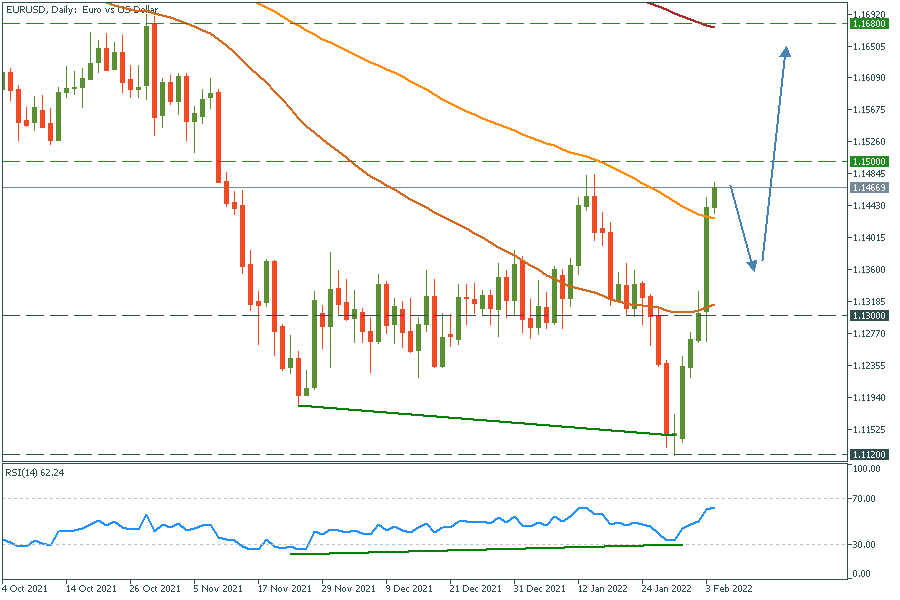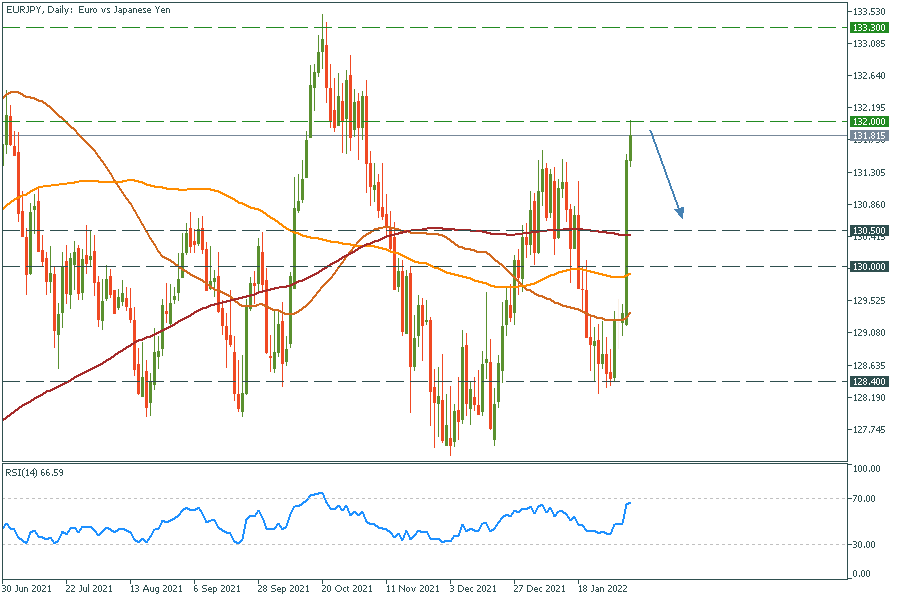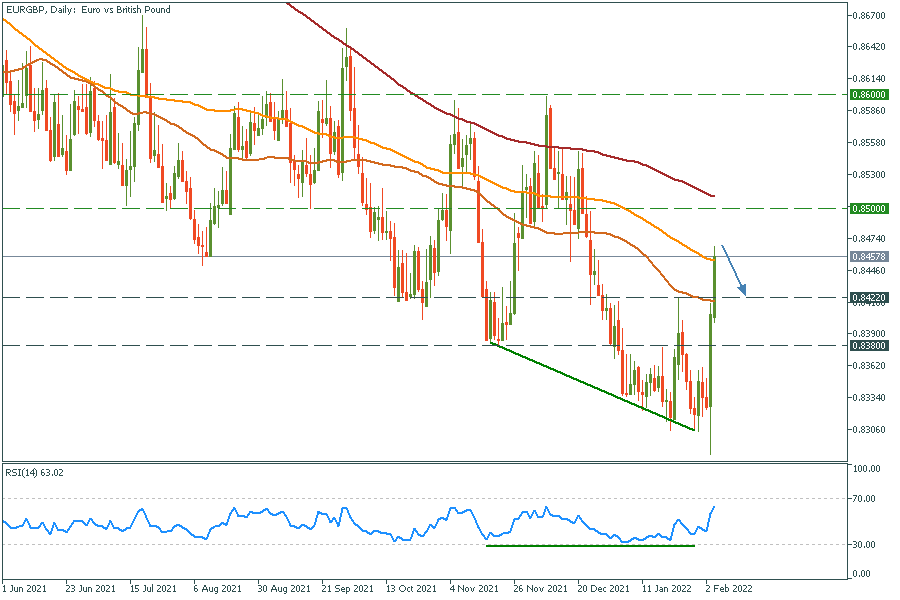The New Era for the Euro
European Union is one of the most economically stable regions in the world. Inflation is usually low, so are the bank rates. Some of the banks even charge fees for depositing the euro. But coronavirus changed the game. Now, the European central bank needs to act to support the rapidly changing economy. This article will analyze the possible scenarios for the EU, and what's more important, look at the charts. There is a lot to see, let's go!
ECB actions and market reaction
President Christine Lagarde's press conference fell quite clearly on the hawkish side on February 3. While there were no changes in the ECB's action, the comments during the press conference were interesting. As expected, all monetary policy instruments were left unchanged.
The ECB still expects a strong economic recovery and points to strong labor market developments over the coming months. At the same time, the risks to the economic outlook were still labeled as "broadly balanced," but the ECB stressed more downside factors than it has previously. Regarding the inflation assessment, the ECB spoke less about the expected inflation trajectory. Even more interestingly, the ECB reintroduced the phrase that "risks to the inflation outlook are tilted to the upside for the first time in years." This risk assessment had disappeared from the ECB's introductory statements when quantitative easing (QE) was started.
No one could have seriously expected the ECB to act today as there is simply nothing the ECB can do to bring down inflation immediately. But now, the market has a clearer view of the bank's plans. This year, Lagarde opened the door to a speeding up of asset purchase reductions and a rate hike. Considering all this and assuming that energy prices do not drive over the next four weeks, we expect the ECB to speed up the reduction of net asset purchases and bring them to an end in September. It will allow the ECB to hike the deposit rate at least once before the end of the year.
EUR vs. USD, JPY, and GBP
The support at 1.1180 got cleared, and bullish divergence on the RSI has formed. From now on, the euro looks strong against the dollar. We expect the pair to consolidate between 1.1300 and 1.1500 before the further surge.
EUR/USD daily chart
Resistance: 1.1500; 1.1680; 1.1900
Support: 1.1300; 1.1120

We see the reaction to round 132.00 round number in EUR/JPY. A pullback to 200-daily MA should happen before any growth.
EUR/JPY daily chart
Resistance: 132.00; 133.30
Support: 130.50; 130.00; 128.40

The same goes for EUR/GBP. Robust bullish momentum will slow down as the market decides the next movement. So a 0.8422 is a sweet zone for buy orders.
EUR/GBP JPY daily chart
Resistance: 0.8500; 0.8600
Support: 0.8422; 0.8380

To sum up, the euro skyrocketed a little bit too much and needs a minor correction. But overall, we expect EUR to rise in a matter of weeks.